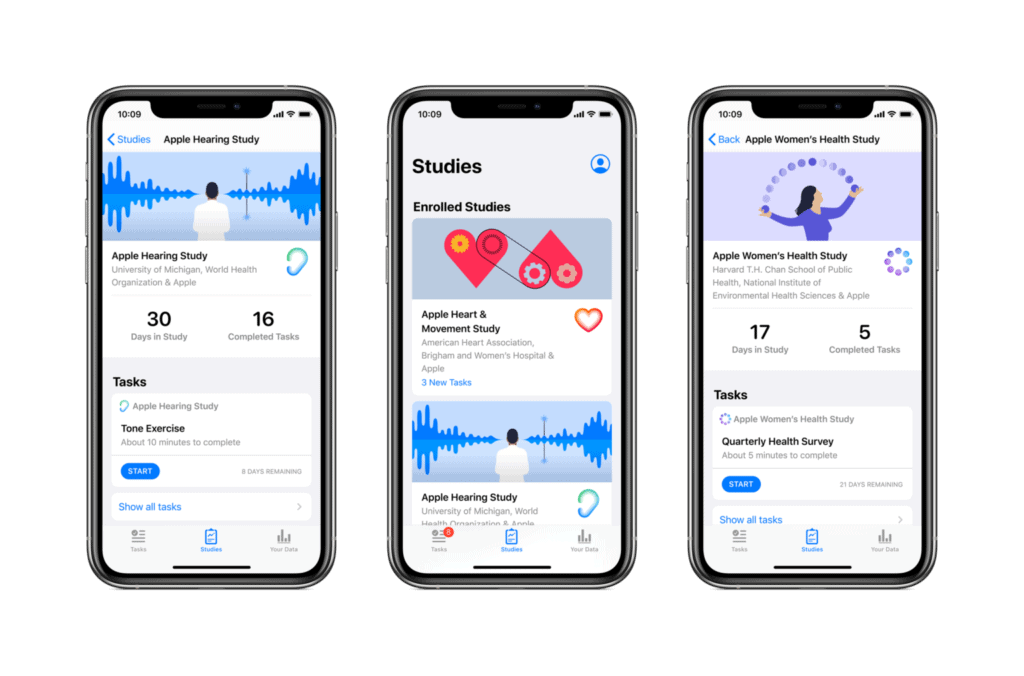Exposure to environmental noise during the first few months of the coronavirus pandemic dropped almost by half in several areas of the United States, according to a new study. This data will now allow researchers to describe what personal sound exposures are like for Americans.

Researchers from the University of Michigan joined forces with Apple to look at noise exposure data from volunteer Apple Watch users in Florida, New York, California, and Texas. It’s one of the largest noise analyses to date, including more than half a million daily noise levels measurements before and during the pandemic.
The findings showed daily average sound levels dropped by about three decibels after governments announced social distancing and stay-at-home orders in March and April, comparing these to readings from January and February. California and New York had very drastic reductions in sound, while Florida and Texas had a less significant reduction.
“That is a huge reduction in terms of exposure and it could have a great effect on people’s overall health outcomes over time,” said Rick Neitzel, associate professor at the University of Michigan and co-author. “The analysis demonstrates the utility of everyday use of digital devices in evaluating daily behaviors and exposures.”
At first, the largest drop in environmental sound exposure was registered on the weekends. Nearly 100% of participants reduced their time spent above the 75-dBA threshold (a sound level roughly as loud as an alarm clock) between Friday and Sunday. But then, as people returned to work, researchers found no distinction between working days and weekends.
The study is one of the first ones to collect data over time in order to understand how everyday sound exposure can impact hearing. The data will now be shared with the World Health Organization and will help describe what personal sound exposures are like for Americans across different states and different ages.
“These are questions we’ve had for years and now we’re starting to have data that will allow us to answer them,” Neitzel said in a statement. “We’re thankful to the participants who contributed unprecedented amounts of data. This is data that never existed or was even possible before.”
Noise pollution is common in developed and developing countries. The most well-understood health impact of noise, noise-induced hearing loss (NIHL), is also one of the most common illnesses globally — NIHL affects tens of millions of people around the world. This disease has traditionally affected adult workers with high exposure to occupational noise. However, recreational noise exposures such as listening to music and attending concerts appear to be increasing in the US and around the world.
The study was published in the journal Environmental Research Letters.


